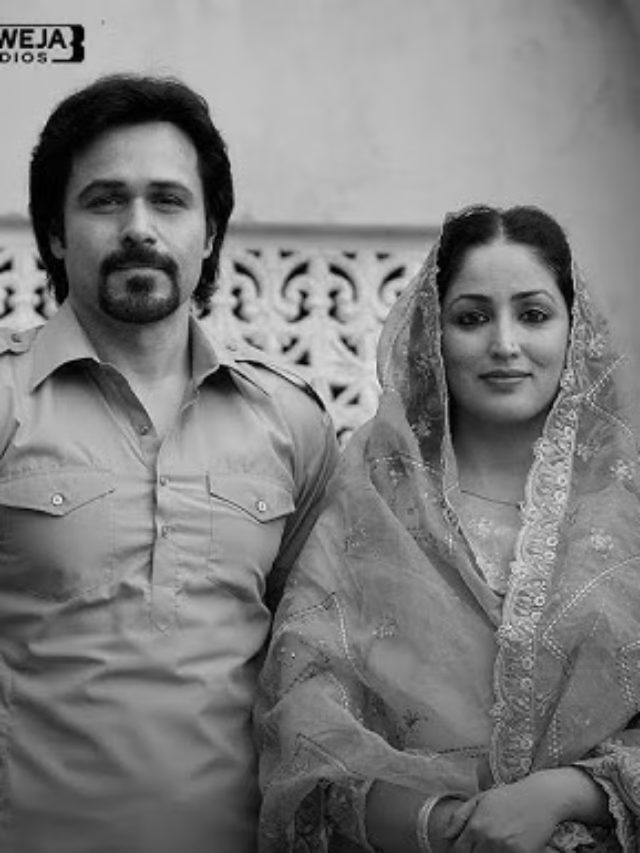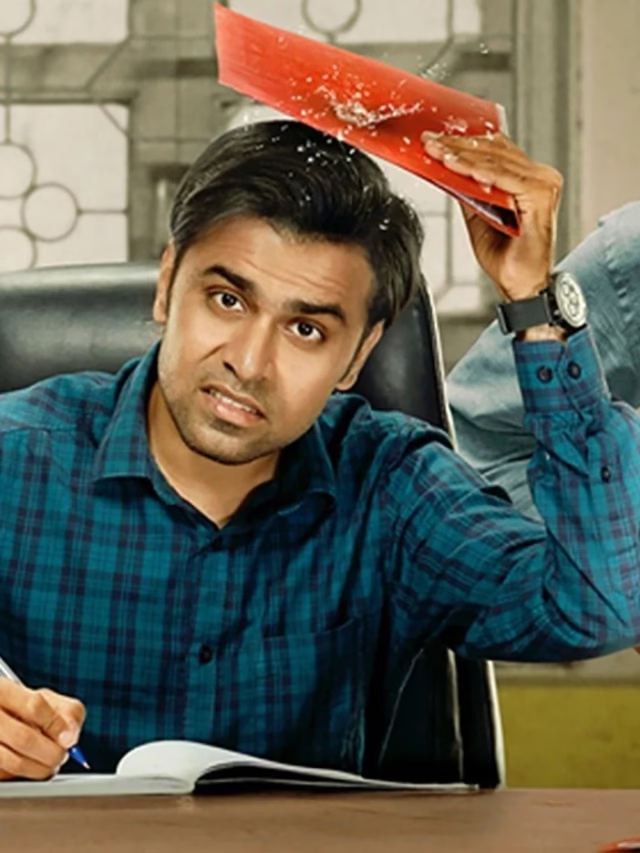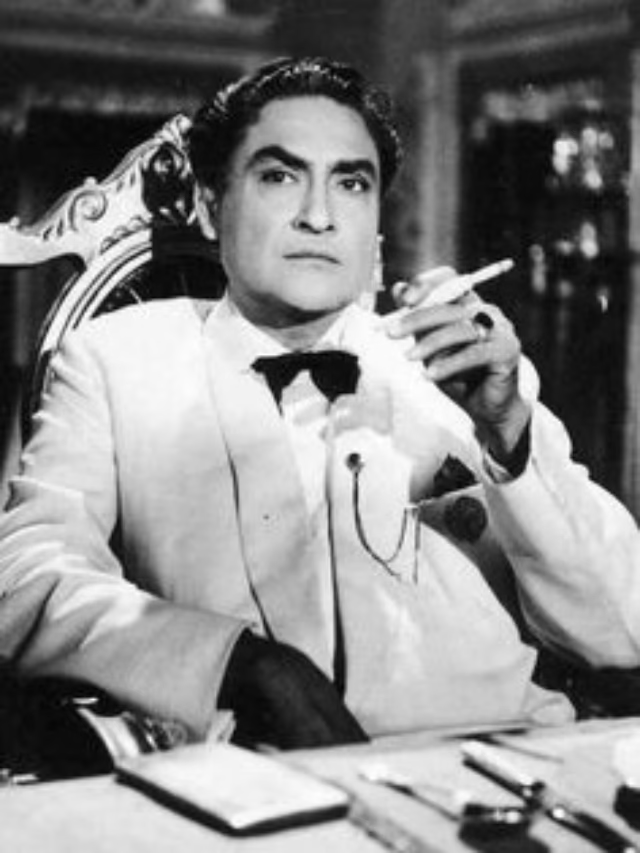Netflix’s new crime thriller, “Sector 36,” Aditya Nimbalkar. The unsettling tale of a serial killer, inspired by the infamous 2005-2006 Nithari killings, comes alive as the film has in its lead roles Vikrant Massey and Deepak Dobriyal. With their performance, the movie promises to tell a gripping story that does justice in providing the protagonist with a coherent punch to the gut, however.

From Caretaker to Killer: Prem’s Sinister Descent
The movie “Sector 36” starts off with an ominous opening scene that sets the mood throughout the entire film. We’re introduced to Prem, Vikrant Massey, as a mediocre caretaker of a bungalow owned by an on-edge businessman, Mr. Bassi, played by Akash Khurana. The unease of the movie doesn’t take long to establish itself, for it is evident from the very moment we’re exposed to Prem’s vile violence through attempts at killings. Graphic imagery is not something the filmmakers shy away from, and thus the movie becomes quite a disturbing watch right from the very beginning.
Characters and performances
Vikrant Massey’s Prem is both chilling and absurd. The character shifts radically between moments of macabre violence and unsettling calmness punctuated by a nervous, croaky cackle. His performance is commendable, but the script holds him back from fully drawing out the darkness in his character. The long monologue in the confessional climactic scene is more theatrical than gut-wrenching as he shares the extent of his crimes in graphic detail.
Deepak Dobriyal, as Inspector Ram Charan Pandey, is the anchor of this film. An exasperated cop who wants to be out of the way and stay out of trouble and so by the book, is shown a picture of reality when Prem, in an attempt to kidnap Pandey’s daughter, fails. Following this incident, the cop is shaken out of his stupor and takes to the streets to serve justice. Dobriyal brings a fragile charm to Pandey, who slips wry humor and quiet moments of introspection past one’s defenses. Yet, like Massey, he is also trapped by a script that doesn’t strike the right emotional chords.
Recent Posts
Storyline's Impact on Viewers
Aditya Nimbalkar’s direction of late shifts the audience into a spine-chilling storyline. The tagline “Every action has an equal and opposite reaction” tries to explain Prem’s violent habits using Newton’s third law of motion, but this explanation is sort of justification of his crimes, and not so relatable on screen.
One never gets to feel the shock and distaste, though the premise is pretty mushy. A cat-and-mouse chase between Prem and Pandey does not last long as the latter easily catches the former. The film then goes into the backstory of Prem, revealing that he had been abused by his uncle and grew up in a butcher shop, which meant that the boy had lost all sensibilities toward violence. Although this back story makes some sense, it does not justify the level of extreme inhuman activity by Prem.
Music Enhances Mood and Atmosphere
Mood building of the film is excellent. Creepy bungalow, where Prem stays, along with haunting soundscape, gives spine-chilling feelings. It also very aptly recreates the times- mid 2000s-and has captured things as how they were utilised those times. Not to forget, Prem watching a reeled version of “Kaun Banega Crorepati” on television and using a Nokia phone will be a big help to recapture the scene. The camerawork by Sourabh Goswami makes the film look pretty good even when the script drops a few boulders. The music and the tracks, like “Dumroo” by Mohit Chauhan and Anupam Amod, and “Saaya” by Kanishk Seth, make this movie a perfect story of moods.
"Sector 36": Exposing the Divide Between Wealth and Justice
“Sector 36” is a film discussing the power inequality that prevails in the society. Masked dacoits kidnap the son of an industrialist for which the police spring into action. The same police, on the other hand, show a certain reluctance to lodge an FIR when children start missing from the slum. This commentary on social inequality gives another dimension to this film, pointing out how the different sections of society are dealt with and treated by the police.
A portrait of a psychopath is no easy thing to paint convincing, and “Sector 36” has a go with very little success at all. It rarely probes as disturbingly or as searingly as one might have wished. Showing a reason why Prem is killing children from the underprivileged classes lightens the blow of the reenactment of a botched up blue print for a crime. This fails to make Prem a totally and hauntingly scary movie character. Worst still, his crimes may make one think of an amiable, always-smiling fellow who can’t swat a fly if one were to find him at the bazaar.
The Silent Struggle: Pandey’s Journey from Indifference to Involvement
Inspector Ram Charan Pandey, the son of a late professor of mathematics and Sanskrit at Benaras Hindu University, is played by Deepak Dobriyal. He commands a tiny police station manned by only two other cops, participates in the local Ram Lila performance as Ravana during Dussehra, and speaks super chaste Hindi to the annoyance of his boss, DCP Jawahar Rastogi (Darshan Jariwala). Pandey has managed to deal with the stranglehold of the ‘system’ by avoiding the crosshairs of his superiors and doing just enough policing to hold on to his job. However, when evil that Prem represents knocks on the door and his wife gives him an ultimatum, Pandey decides he has seen it all. He shakes off his apathy and gets cracking and takes up the task of solving the mystery of disappearing children.
“Sector 36” is a film which gets some things right but falters in others. Great going by Vikrant Massey and Deepak Dobriyal but a good script, which grappes the depth of emotional states for both, has been the lacuna. It is the atmosphere and mood of the film that create a scary background for the story. The disjointed narrative and the lack of cohesive punch prevent “Sector 36” from being the gut-wrenching thriller that it should have been. The movie is, by no means, flaw-free, but it is surely a watch for its performances and social commentary, though one is always in for a disturbed and disturbing ride.






